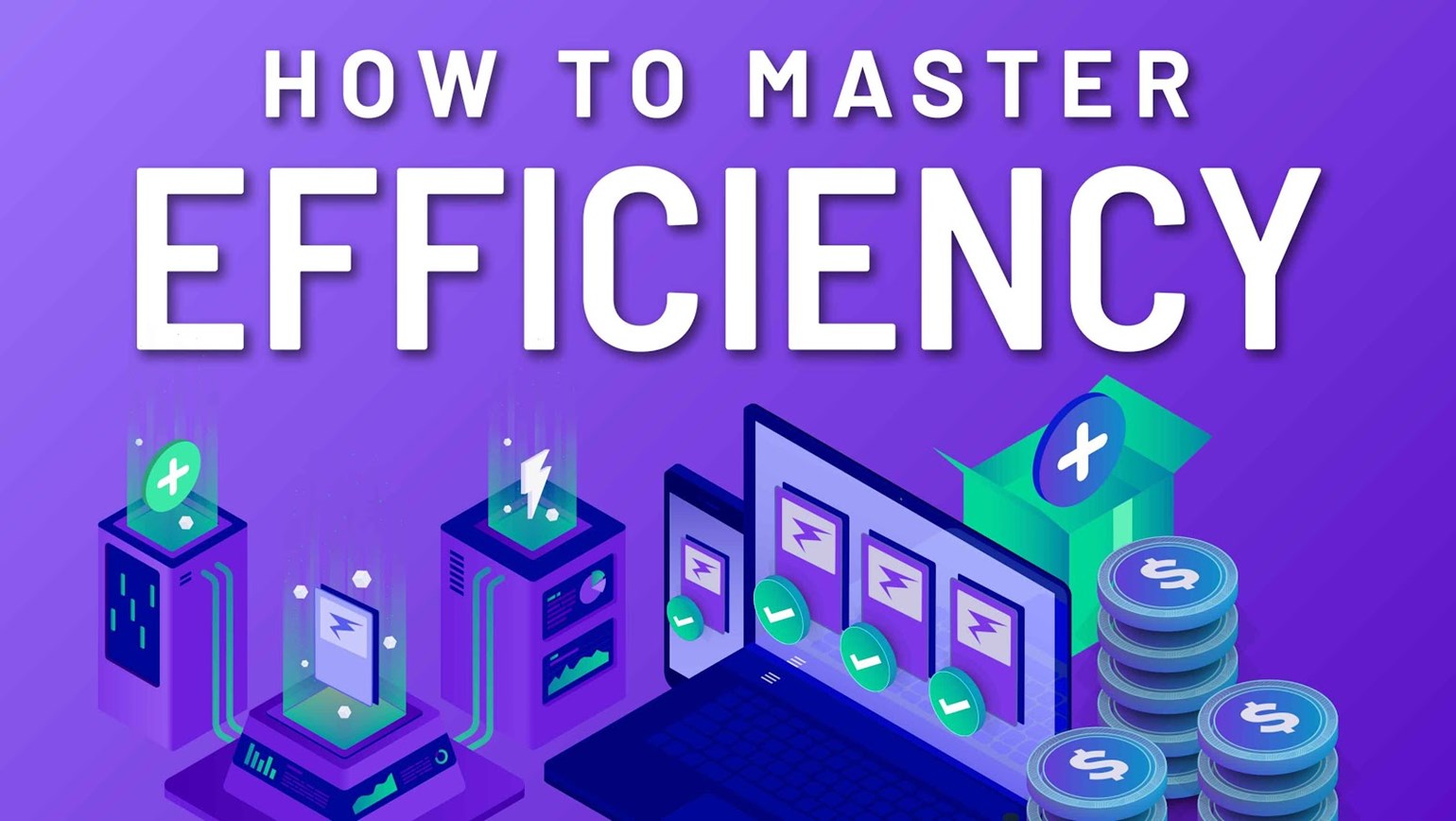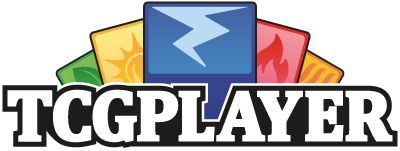How To Master Efficiency
Christian Castro
Do you ever feel like there is never enough time in a day? Well, what if all it takes is a steady practice of efficiency tactics. The good news is it’s entirely possible to multiply your time by becoming “hyper efficient.” Increasing efficiency has economic, environmental, and risk management benefits. Here are four fundamentals to help your business become more efficient.
- Time Management
Adhering to Parkinson’s Law will make it easier to set and accomplish goals ahead of schedule. Parkinson’s Law states that “Work expands so as to fill the time available for its completion.” Therefore, if you give yourself three hours to complete the task then you will take all three hours, but if you give yourself only one hour then you will likely finish before the hour is up. For an advanced approach, set a basic goal and then set aspirational stretch goals, which are by design difficult to achieve, in order to constantly push past your limits.
It’s important to keep in mind that Parkinson’s Law should not be used to set unreasonable deadlines. When an unreasonable deadline is made, it has the opposite effect; becoming stress inducing and killing motivation. The amygdala, which is the part of our brain that controls emotions and motivations, is constantly seeking negativity, and stores and ingrains it into our long term memory. Therefore, if you feel like you can’t achieve the goal at hand, your brain will maximize this feeling and it will become contagious to you and your team.
Another fantastic method to apply to increase efficiency is to utilize the “Time Boxing Method.” This method is essentially scheduling your day in advance by small blocks of time. Each block has a specific set of tasks/goals to accomplish before moving onto the next block, not always meaning you necessarily have to complete the task. With the planning fallacy, we can often underestimate the amount of time it will take to complete a task, as well as the costs and risks associated. To effectively incorporate time boxing in your daily schedule, set your time box for each task with a little extra than anticipated, set a timer to calculate how long it realistically takes to complete a set task, and make sure to take short breaks between each time box made.
- Discipline
Implementing the 21/90 rule –– it takes twenty-one days to form a habit, sixty-six days to ingrain the habit, and ninety days for it to become a lifestyle –– will lead to increased productivity in any company/organization. One habit many successful people share is that they take action rather than endlessly talking about or thinking about a subject. You can also give up on the illusion of perfection. Do tasks to the best of your ability and keep going. If necessary, come back and touch up on it. If you’re trying to refine your concentration and improve focus and productivity, try listening to relaxing music like nature sounds or video game soundtracks, as studies show that they are by design meant for this purpose.
You can waste less time by avoiding multitasking. Commit to a single task before moving to the next. Neurological science has proven that the human brain is incapable of performing two tasks at once at full brain capacity. To combat this multitasking myth, follow the two minute rule. If you see a task/action that you know can be done in two minutes or less, then do it immediately. Completing the task right away actually takes less time than trying to get back to it later.
Remind yourself that short-term intensity does not equal long-term results, unlike consistency which builds long term success. We like intensity because it is easy to measure and highly predictable but it’s consistency, rather, that offers a stable growth curve.
- Productivity
Try applying Pomodoro’s method to optimize your breaks and switch tasks to keep momentum. This method takes into account our brain’s natural short attention span. Put a timer at twenty-five minute intervals with five minute breaks in between and every four cycles of twenty-five minutes take a twenty minute break. You can skip a break if you feel you’re in your zone and have built a good momentum, or you can customize your intervals and go for a timed fifty minutes working with a ten minute break to optimize your efficiency. Research shows that taking short breaks during long tasks helps you maintain a constant level of performance while working without breaks leads to a decline in performance. To improve the results measured by this method it helps to minimize distractions by turning off notifications by putting your phone on silent or airplane mode. When it comes time for a break, that will be the opportunity to check your notifications/calls/texts.
Answering your daily influx of messages received on TCGplayer consumes a lot of time. The response to each message can take three to five minutes which accumulates to approximately twelve to twenty messages per hour. Increase productivity and efficiency by preparing a FAQ response document to the most frequent questions, such as “when should I expect my order.”
Always remember to invest time into automation because automation will multiply time. A couple of examples of automation in your workplace can include software based solutions such as using Microsoft Excel to process productivity/consumer analytics faster or creating an improved workplace office design.
A key note when automating your office design is to invest in ergonomic solutions. When you're doing a job and your body is stressed by awkward posture, extreme temperature, or repeated movement, your musculoskeletal system is affected. Purchase equipment such as ergonomic chairs, desks, rubber mats, dehumidifiers. This will not only improve morale and bolster productivity, but also maintain a more consistent product/service and prevent workplace injuries and sluggishness.
If it can’t be automated, then can it be delegated. Delegation is the practice of turning over work-related tasks and/or authority to employees or subordinates. By delegating tasks, it not only gives each employee a feeling of importance and responsibility for their actions, but also gives management the opportunity to strategize and perform higher-value activities to grow your company/revenue. It’s also important to delegate tasks appropriately. Identify tasks you can do anywhere or that anyone can do. Focus on result oriented activities. According to the Pareto Principle, 80% of results come from 20% actions. Find the 20% activities that bring your 80% results to achieve ROTI (return on time invested) and begin multiplying your time and income.
One of the most important steps a small business owner can take is actually hiring their first employee. If you’ve ever thought, “I would pay $100 not to have to work today,” then you should consider hiring your first employee. That simple step will multiply the time you can focus on different activities for your business, as well as enabling you to take the time off to give your mind and body the rest it desperately needs.
- Cost Savings and Process Optimization
Reduce, re-use, recycle. This phrase is common among environmentalists and it should resonate well with sellers too. Reduce your acquisition costs by going paperless or invest in a thermal printer, which does not require ink. Reduce your energy costs by using energy efficient light bulbs and not leaving them on unnecessarily, or purchase your product in higher volumes as this typically yields low cost per item purchased. Reuse the outer packaging from a pack of sleeves to repurpose it into a team bag or re-use starter/structure deck mats/play books to enhance your customers experience and further protect product in transit when shipping with tracking.
Be proactive, not reactive. When taking on your FAQ, order volume, or inventory, for example, consider what can be done to solve the underlying root of the most common customer/employee complaints and not just the symptom each time one comes up. Maintain a lower error rate for product conditions by storing your product safely in penny sleeves in a secure card box/hotel/cabinet. Create a systematic shipping station where your printer, desk, shipping supplies, and computer are all centralized at arm's length to facilitate the speed at which orders are processed and to substantially reduce packaging time.
Hard work and discipline is the key to success and doing so efficiently will only facilitate the process. Compete against yourself. Always assume you have room for improvement, and work toward that improvement continuously.
